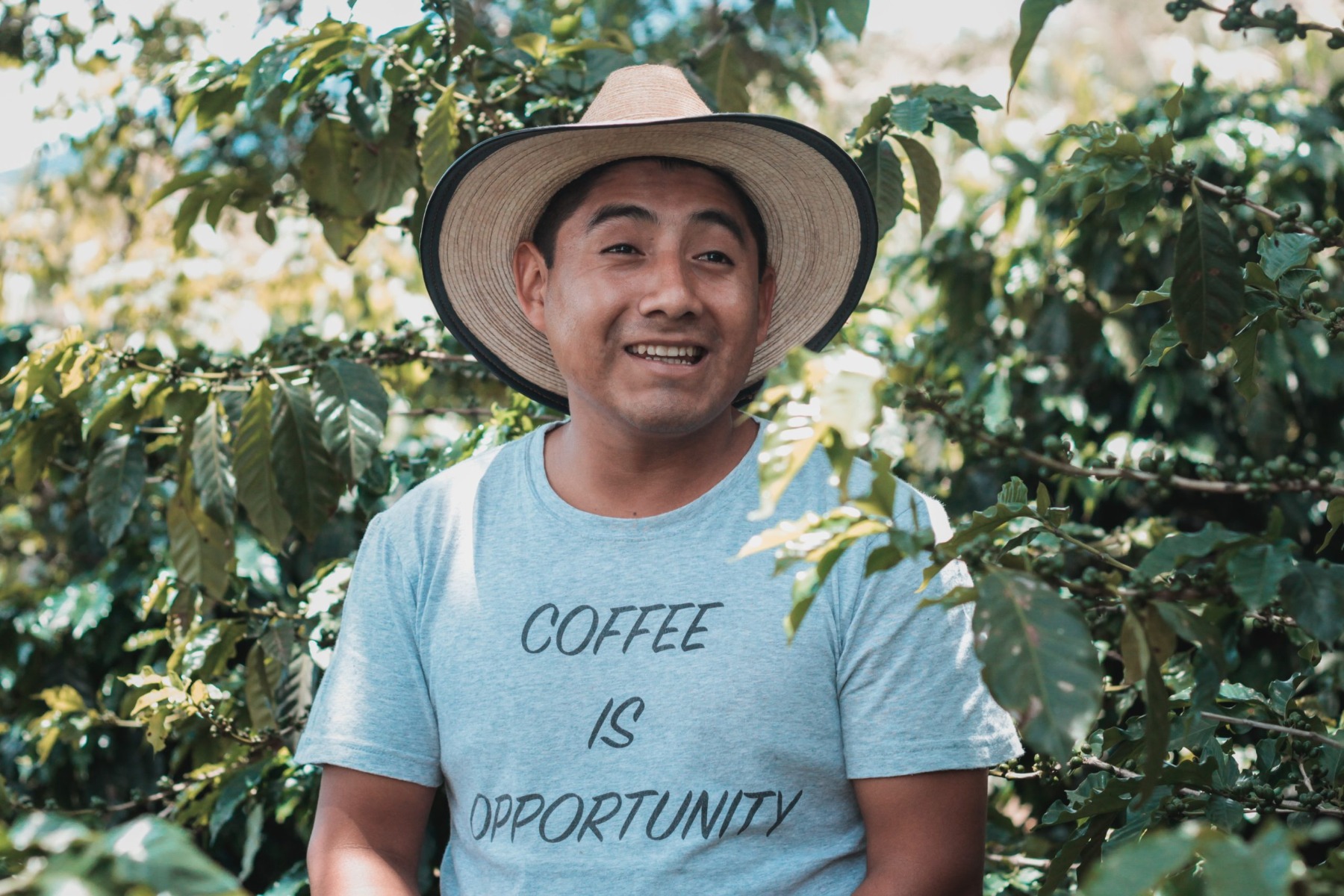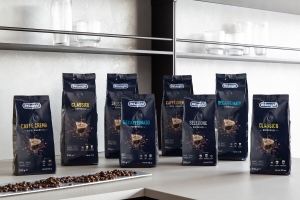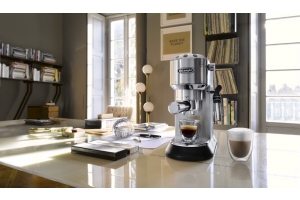Monthly Archives: November 2020
-
Posted: November 25, 2020Categories: The BeanRead more »
The common conception of coffee is that of a dark, bitter, and caffeinated beverage that is derived from brown beans. Here’s the truth - technically, coffee beans aren’t beans. They are seeds from a fruit. So, grab a cup of your favourite brew as we pick out some rich and tasty facts about the coffee cherry.
1. Did you know that coffee is a fruit?
Surprise, surprise! You may or may not have known that coffee grows on a tree, and the beans are in fact, the pit of a fruit. That fruit largely resembles a cherry, which gives it its name - coffee cherry.2. The anatomy of a coffee cherry
[caption id="attachment_10360" align="alignnone" width="1024"] A typical coffee cherry contains two seeds that become coffee beans once roasted. Photo from Blue Coffee Box.[/caption] The cherry’s exterior is hard and waxy, with a juicy flesh lining the interior. Underneath that lining lies the pulp, which resembles the pulps of an orange. It has a slimy texture but contains complex sugars that provide sustenance for the cherry. Once you open up the pulp, you will find two seeds that are protected by a paper-like layer, which will come off during processing. Once the seeds are roasted, they will transform into the brown coffee beans that we are all familiar with.
A typical coffee cherry contains two seeds that become coffee beans once roasted. Photo from Blue Coffee Box.[/caption] The cherry’s exterior is hard and waxy, with a juicy flesh lining the interior. Underneath that lining lies the pulp, which resembles the pulps of an orange. It has a slimy texture but contains complex sugars that provide sustenance for the cherry. Once you open up the pulp, you will find two seeds that are protected by a paper-like layer, which will come off during processing. Once the seeds are roasted, they will transform into the brown coffee beans that we are all familiar with. 3. How is a coffee tree planted?
As long as the bean is not processed, it can be planted to grow into a coffee tree. There are four main coffee bean-growing regions around the world: Central America, South America, Africa and Indonesia. Known as the Coffee Belt, these regions share a tropical climate and have rich environments that support the growth of co -
Posted: November 18, 2020Categories: Coffee 101
-
Posted: November 04, 2020Categories: Coffee 101









